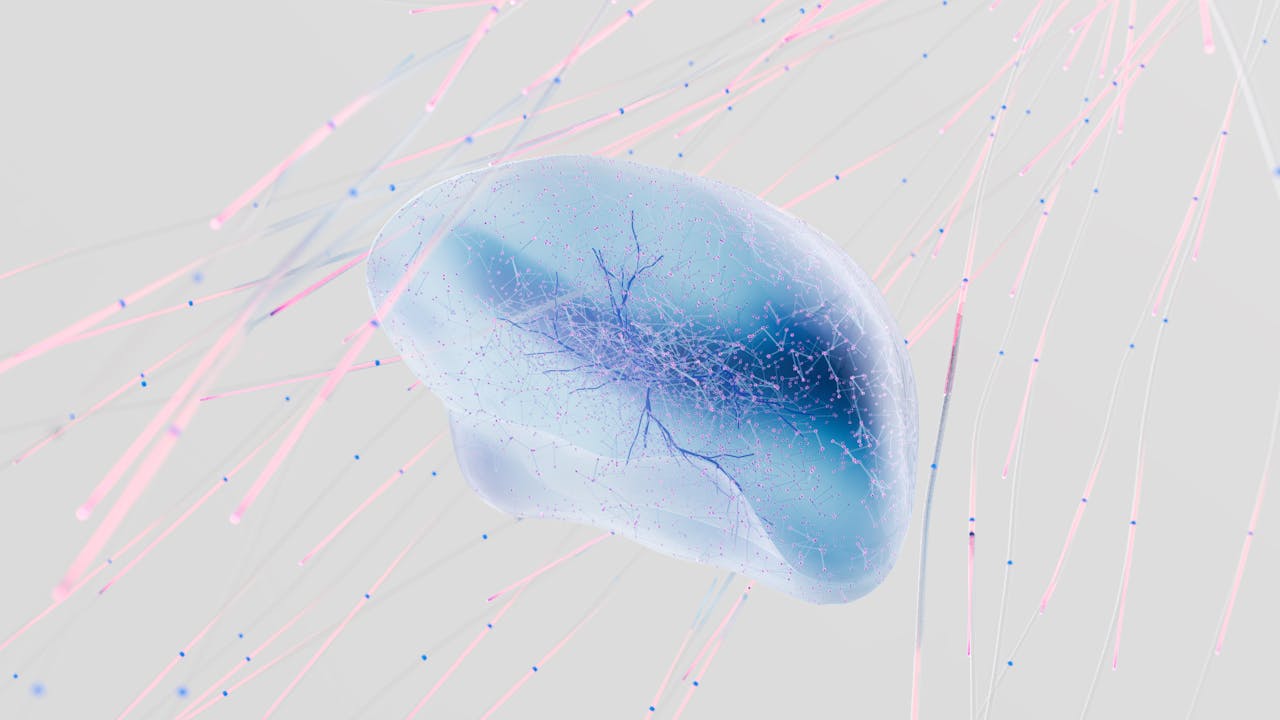News
Sickle Cell Anemia Cases Growing Globally
In the global world, medical conditions that usually get the most attention are malaria, tuberculosis and AIDS. All three of these health conditions affect a large population of people and programs have started to attempt to eradicate or at least control these diseases. Due to the focus on the big three, several other diseases might not be getting the attention they need. In a new review, scientists warn the global community of an increase in the number of cases of sickle cell anemia within the near future.
Sickle cell anemia is a genetic disorder that manifests after a child has inherited two copies of the defective gene. The gene defect leads to the production of abnormally shaped red blood cells that look like crescent moons. This structure prevents the cells from doing their job of carrying oxygen throughout the body. This type of disease can lead to chronic pain and can increase one's likelihood of infections. Although sickle cell anemia is treated and becomes manageable for people living in developed countries, for others in underdeveloped countries, the disease can become a death sentence.
"Because the red blood cells are sickling, they cause blockages of blood vessels all across the body," an evolutionary biologist at the University of Oxford, Fred Piel said according to NPR. Piel led this study. "Up to 90 percent of these children will die in the first five years of life."
In order to get an idea of the threat of sickle cell anemia in the near future, Piel computed current data on the disease. He previously estimated that around 300,000 births would yield anemic newborns per year. In the near future, however, due to population growth, there might be 400,000 babies born per year with sickle cell anemia. By 2050, that would represent a 30 percent increase in cases throughout the world.
The researchers also found that the two countries that should expect to be hit the hardest with this disease are Nigeria and the Democratic Republic of Congo. Currently, these countries' rates are 91,000 and 40,000 newborns with sickle cell anemia respectively. Based on the estimations, Nigeria can expect its rate to rise to 140,000 and the Democratic Republic of Congo might experience a jump of 5,000 cases.
"In the long term you have to find other ways to reduce the number of children affected before birth," Piel said.
Since there is no cure, diagnosing cases early and providing good treatment options are the two main ways to tackle this disease. The study was published in PLOS Medicine.









Join the Conversation